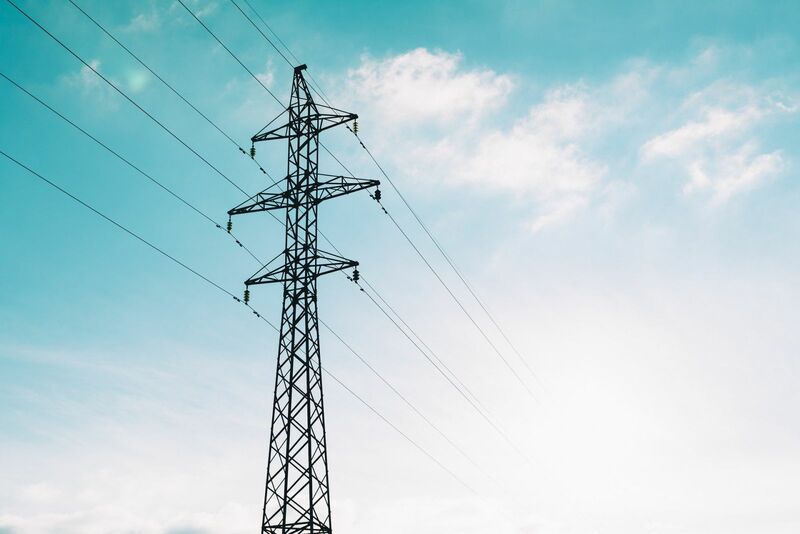
Recent scientific research from the University of Rochester, and published in the journal Nature, suggests a new breakthrough could make electricity 15% cheaper over the next decade or two. This breakthrough was achieved by created a superconducting material that works at 69 degrees Fahrenheit and at a lower pressure.
Superconductivity was first discovered in 1911 by Dutch physicist Heike Kamerlingh Onnes, who observed that the electrical resistance of mercury dropped to zero when it was cooled to a temperature close to absolute zero (-273.15°C).
Currently, our power lines lose about 15% of the electricity en route from a distribution station to the end user. That’s due to resistance in the lines. This means it takes more carbon-based resources to produce baseload power for the electrical grid than if we had a superconducting material that works at room temperatures.
The ideal superconductor allows electricity to flow through without resistance so that we can harness all electricity produced without waste. This efficiency makes superconductors very attractive for power transmission. Hence, a superconducting material that works at a higher temperature would radically transform how we produce, distribute and consume electricity.
For years, scientists demonstrated other superconducting materials, but on each occasion, these materials required freezing temperatures (-70 degrees Celsius) and very high pressure (155 gigapascals) to work — until now.
The University of Rochester’s research demonstrates a new superconductor material working at room temperature and a “one gigapascal pressure” equal to the lowest point in the Mariana Trench (the earth’s deepest place). One gigapascal may not sound like much, but the University of Cambridge experts believe it’s a significant milestone after decades of stuck-in-the-mud research.
The new superconducting material comprises hydrogen, nitrogen, and a rare earth metal called Lutetium, whose concentration in minerals is 0.0001% and costs about $10,000/kg to produce. Still, if harnessed — and economically mass-produced — it could drastically reduce the amount of electricity lost in transmission, deliver up to 15% savings in electricity consumption, and power new forms of transportation through magnetic levitation and other applications.
On the date of publication, Andy Mukolo did not have (either directly or indirectly) positions in any of the securities mentioned in this article. All information and data in this article is solely for informational purposes. For more information please view the Barchart Disclosure Policy here.






